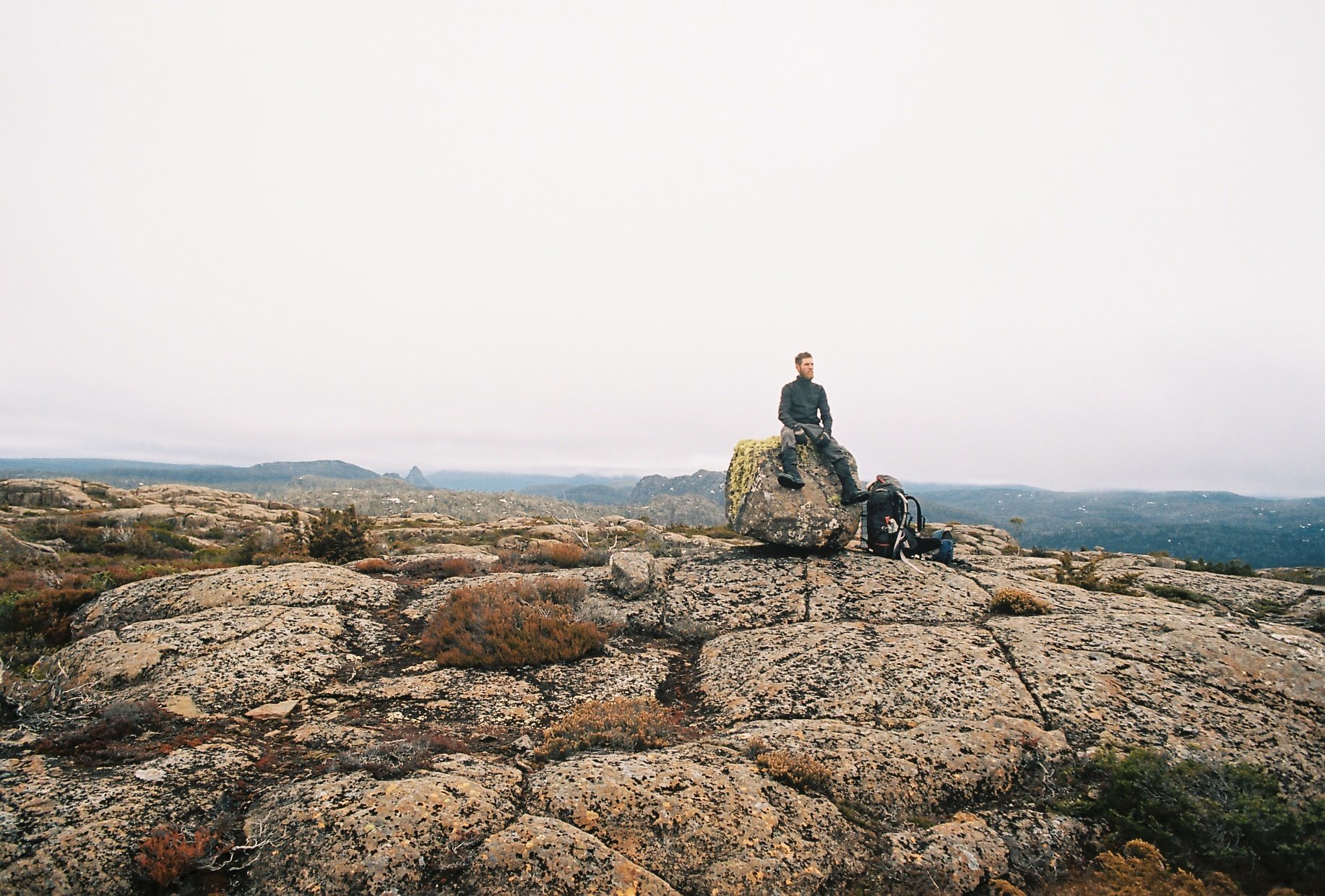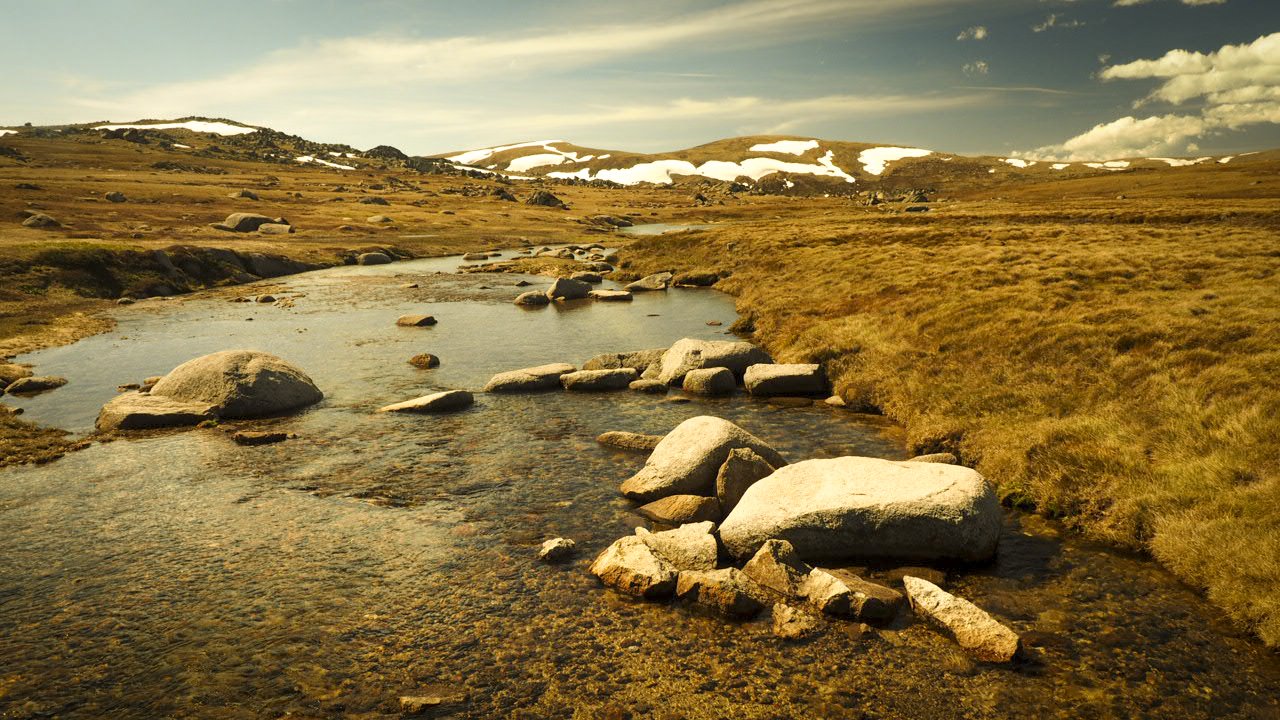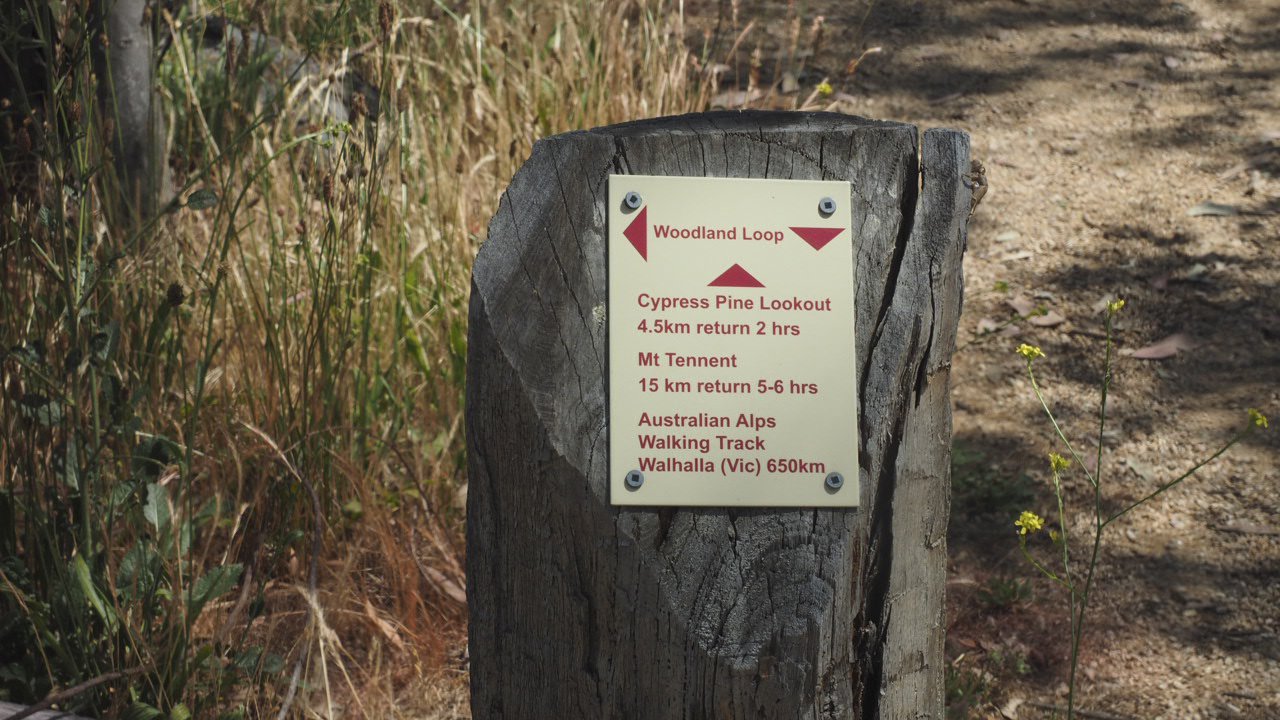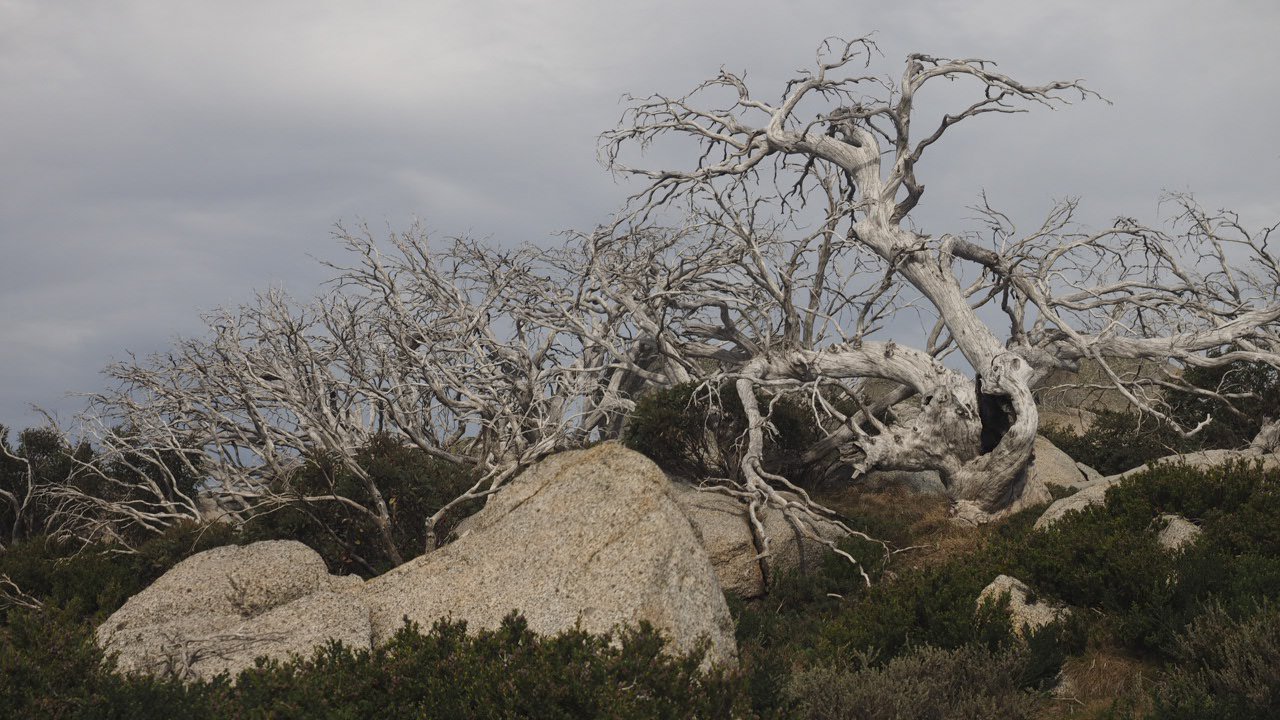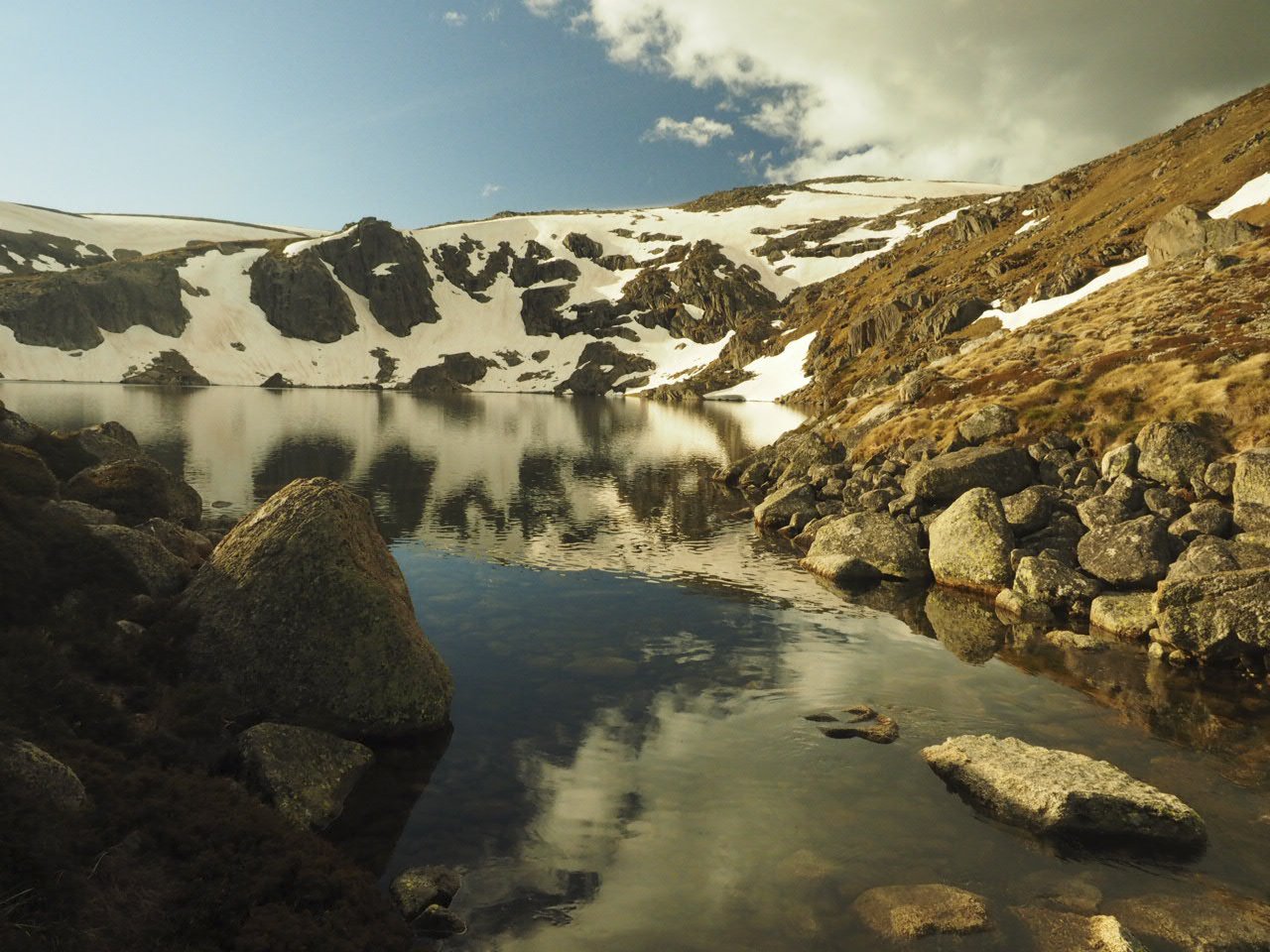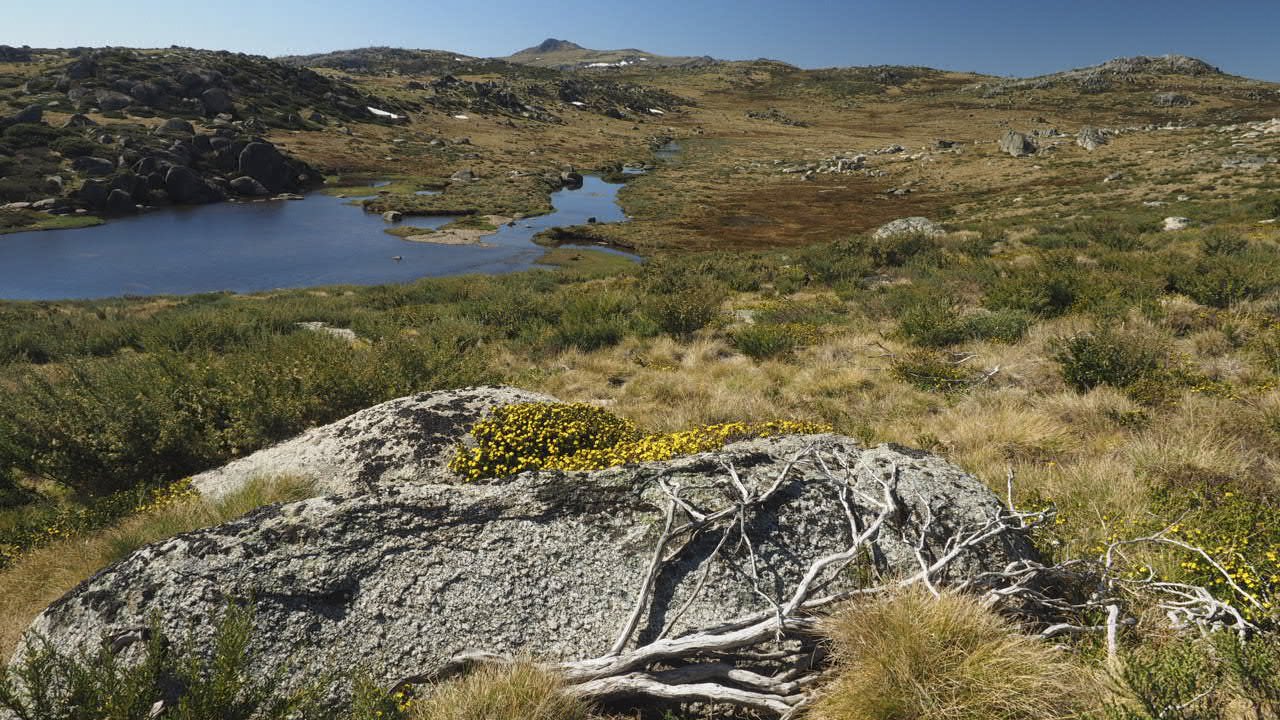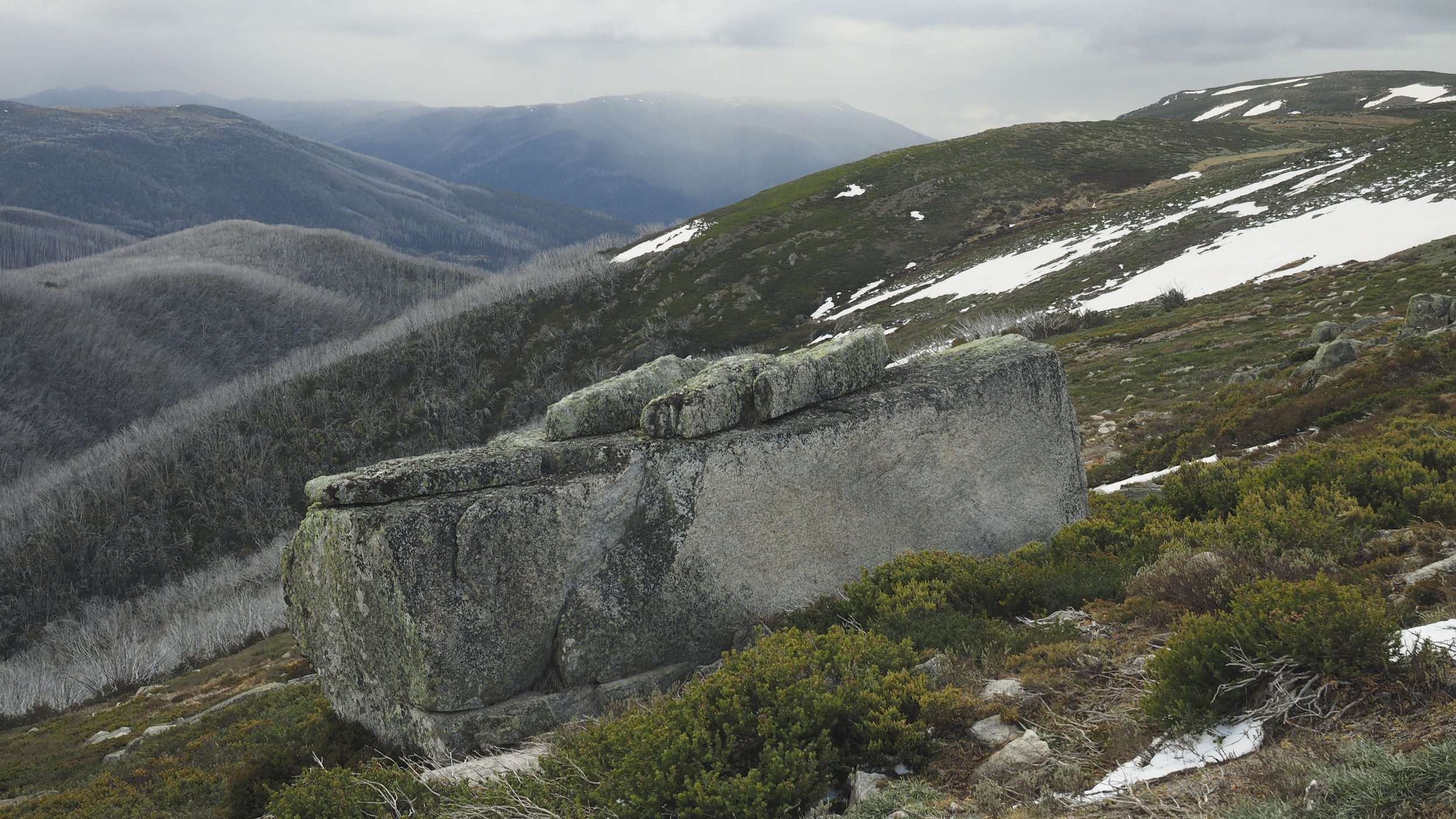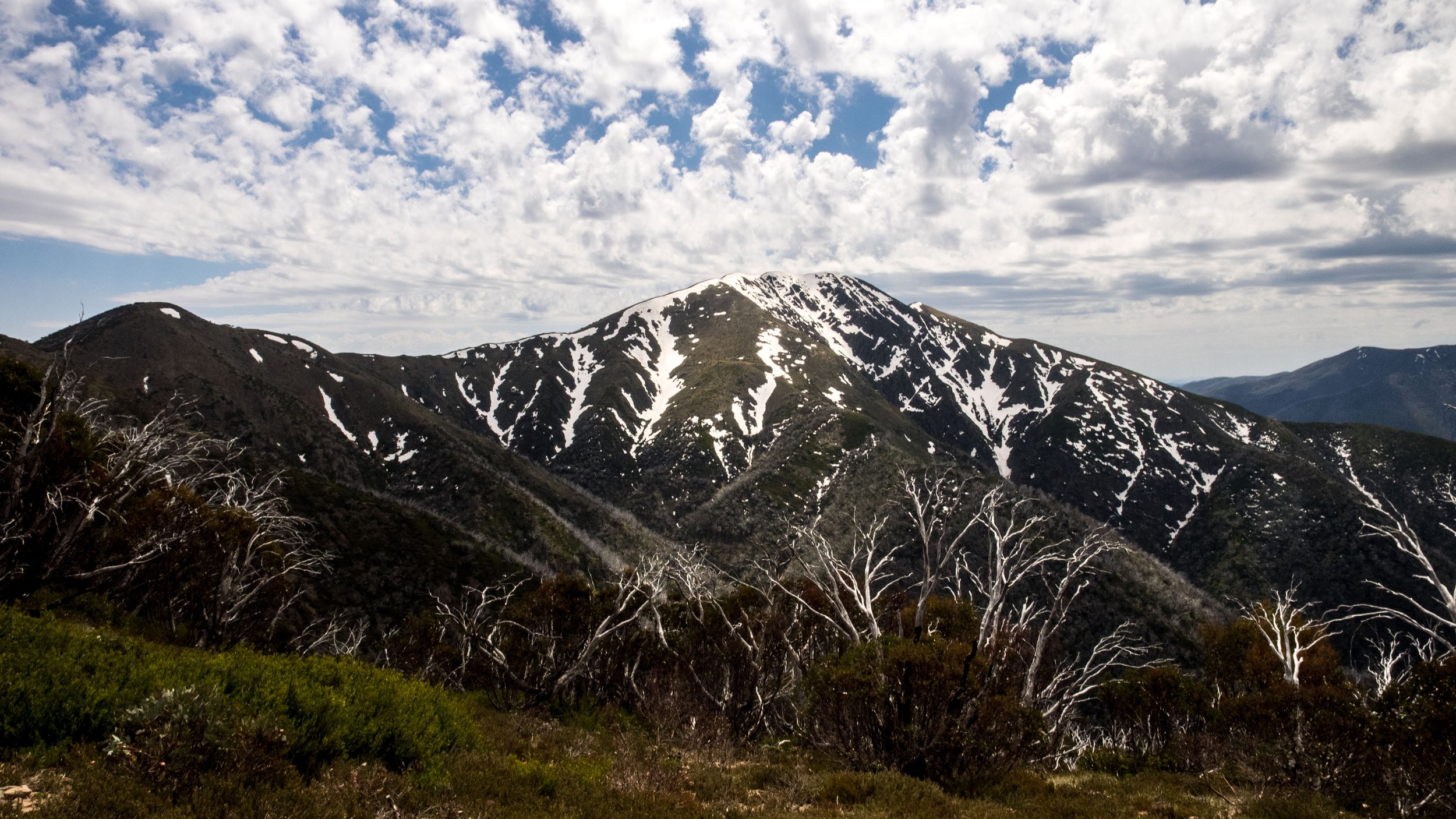The Barry Mountains, with their lack of water and endless series of hills, represented a worthy mental challenge. During this unmaintained section of the AAWT, there was always a branch or two hundred that required ducking under, pushing aside or simply ploughing through, aided by the momentum given to me by the weight of my pack. Every now and then, this ploughing manoeuvre would backfire and I’d find myself snagged on a cheeky branch that has hooked itself into my pack in such a devious way that I would have to reverse in order to gain freedom, feeling every bit as cumbersome as an obese elephant. Through all my wrestling with the undergrowth, I tried to remind myself that an overgrown track is exactly that; an overgrown track. Who was I to blame nature for taking back what’s rightfully hers?
Besides the overgrown tracks and the scrambling over fallen logs, the element of the ‘Dry Barries’ that tested my resolve most was the endless series of wooded knolls, none of which were distinct enough to feel any sense of accomplishment after having reached the top, and yet, infuriatingly, the track seemed to insist on climbing every single one of these unmemorable hills. I felt like Sisyphus, attempting to complete a task that was not only infinite, but also quite tedious.
Then, quite an amazing thing happened. I reached a knoll where there was a small clearing of trees to one side, giving me a small window of a view towards the surrounding hills. As I was looking out over the endless ridges of wooded hills, coloured blue by distance and haze, the sun broke through the clouds, despite a fine drizzle; and low and behold, a faint rainbow appeared over the closest valley I was looking out over. The sudden appearance of beauty caught my breath and I looked on in wonder. Before I could fully appreciate this unexpected arch of colour in the sky, in a flash it was gone, and I was left wondering whether it had been really there at all.
Eventually, as I neared Mt Hotham, the stark beauty of this recently burnt landscape dawned on me. The skeleton trees made the hills appear as if a great curse has befallen the land; the trunks having all been turned to stone, their twisted limbs frozen for eternity. The dead snowgums gave these hills a tragically beautiful and sombre tone, and at no time was this more noticeable than during the stillness of the night, when even the breeze seemed gentler. As the moon illuminated rolling ridge after rolling ridge blanketed with the white skeletons of trees, I felt as if I’ve stepped into the afterlife, where all is eternal and nothing ever stirs.
Then the morning came, as it always does and life resumed once again in all its glory. The birds were awake, singing how wonderful it is to be alive and all the ants scurried across the grass, gathering, gathering, and gathering. With the vastness of this mountain landscape and the vibrancy of its life, how could one’s mind not be at peace? Yet, change is inevitable.
Eventually the new generation of saplings will take over and the old remnants of trees fall, one by one to the ground where they will rot and become one with the soil, providing nourishment for their offspring. This process is already well under way; I heard a mighty crash of what would have surely been an impressive tree while still alive; its fall lasted barely more than a moment, and yet it was the tree’s final farewell gesture, as its rotten roots gave way on the steep slope, its massive trunk surrendering to gravity. The death of a tree barely goes unnoticed.
From the ashes, however, life is always born; the green understorey shooting up beneath; a new generation of saplings vying for the light. Dense and full of fight, these saplings will compete with one another until only the tallest and fittest survive, founding the basis for the next phase in the forest’s life.
